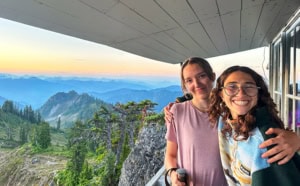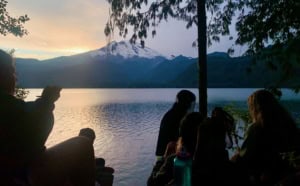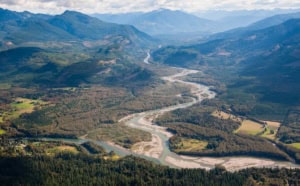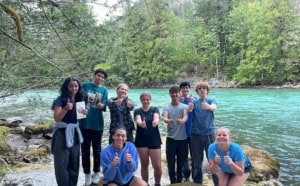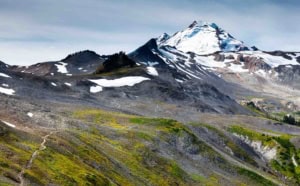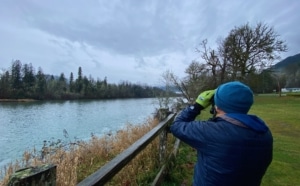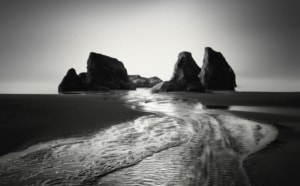
Food Planet Future
When I sit down to eat a meal, I want to know that the food on my plate hasn’t been grown at the expense of the planet. It’s ironic that the mere act of feeding ourselves every day tethers us to agricultural systems that wreak chaos on ecosystems and the climate. But there are ways to grow food that regenerate the Earth. These immense, portentous stories must be told, and I’m inspired to do so through art, by zooming in to the tiniest views of food that I can imagine. Awe and wonder feed the human spirit. They are the nourishment we need to help us face ecological breakdown, and to work to reverse it.
I employ photomontage to blend scanning electron microscope (SEM) micrographs of pollen, seeds, leaves, and other elements with macro photographs, creating a surreal conversation between a food or other object, and microscopic parts of itself.


